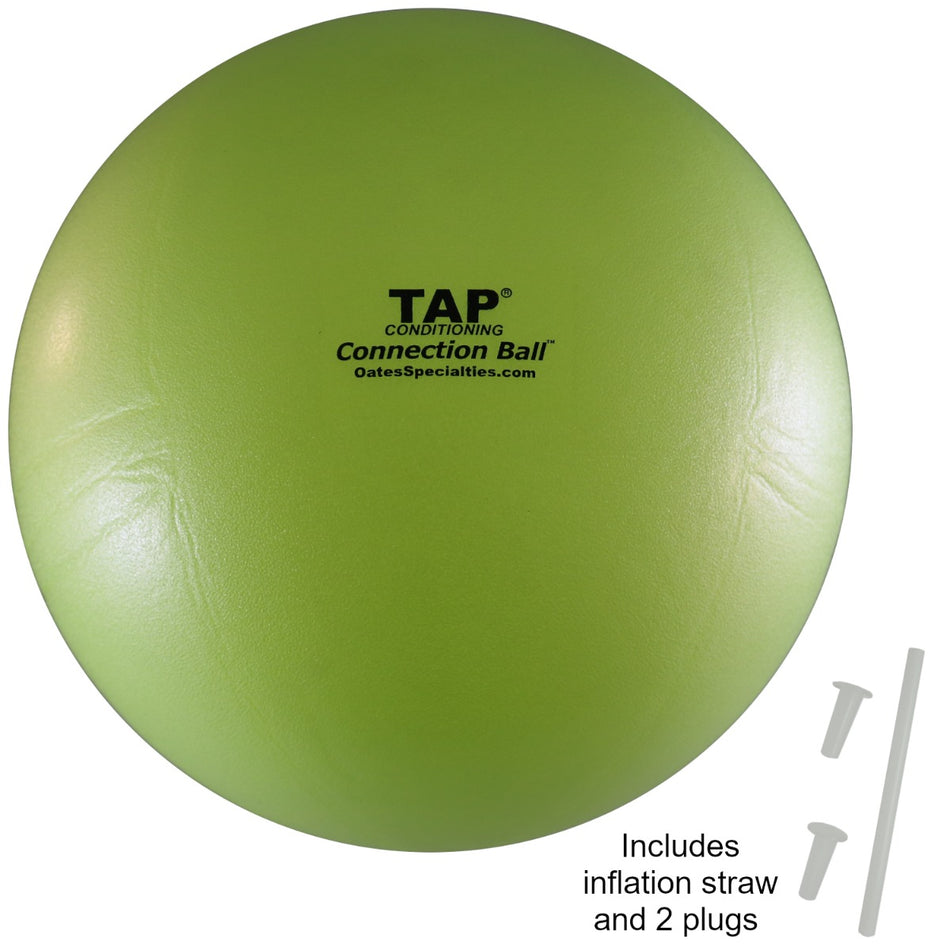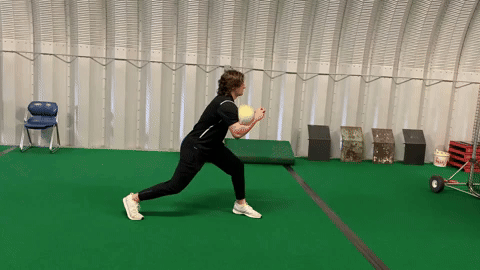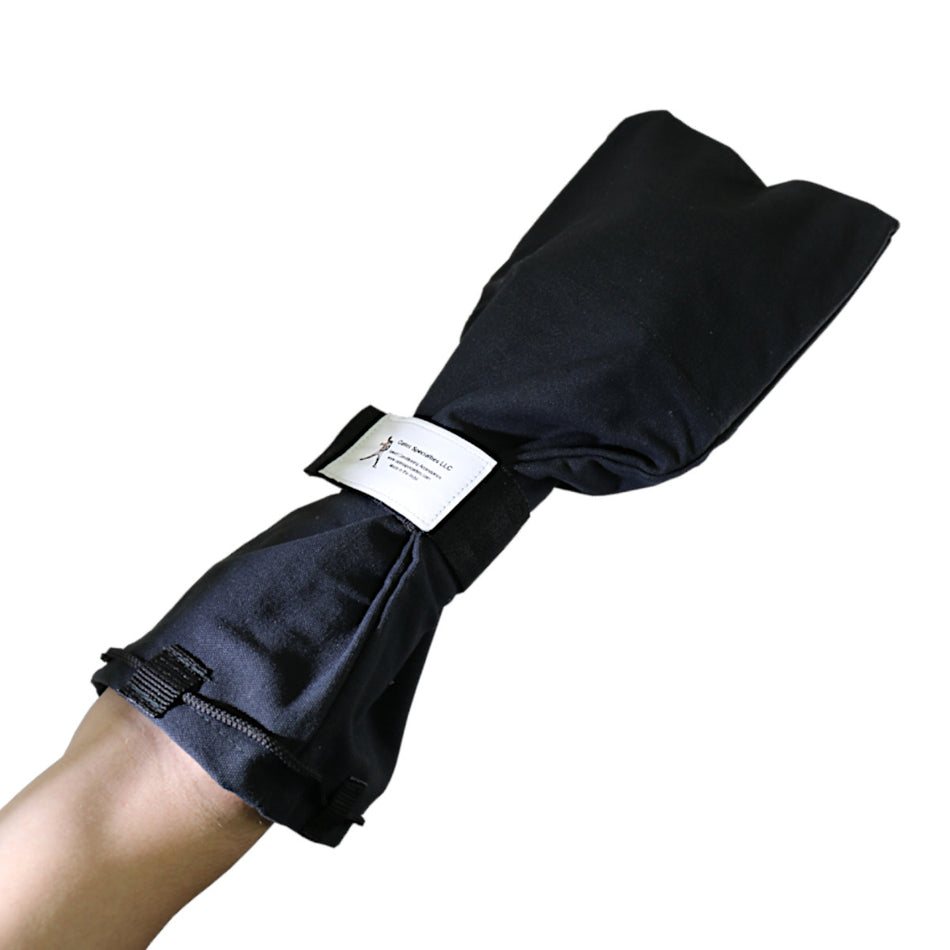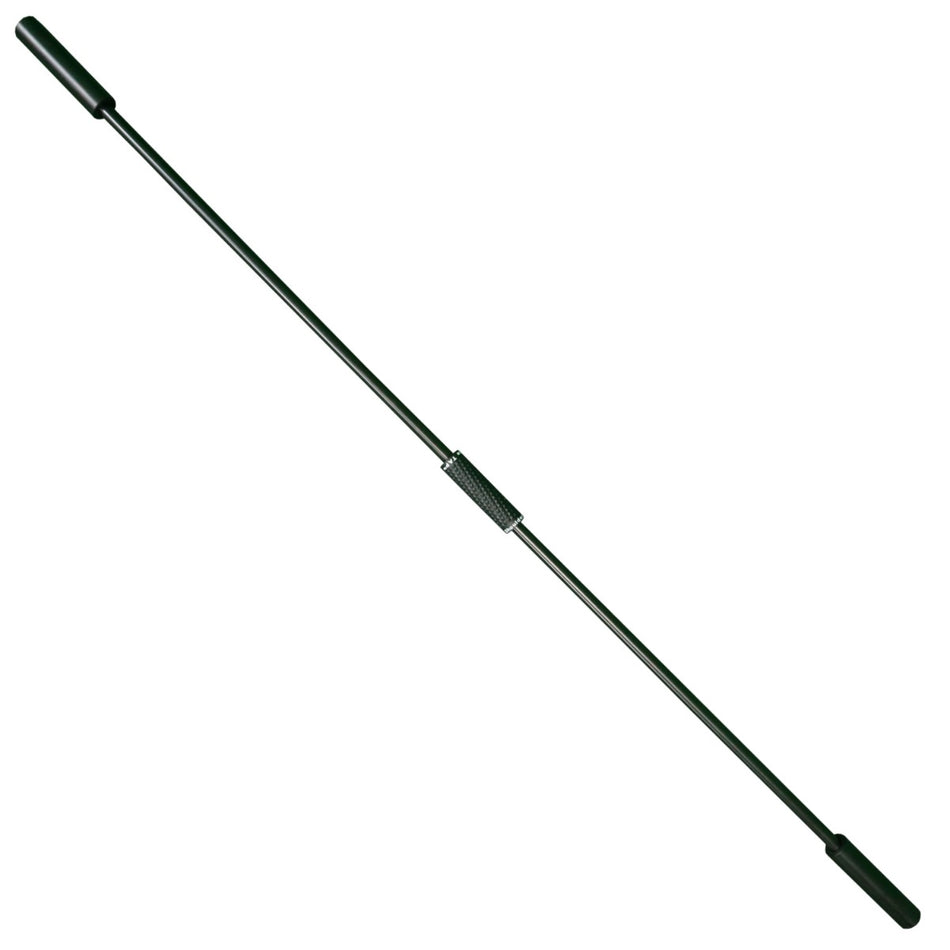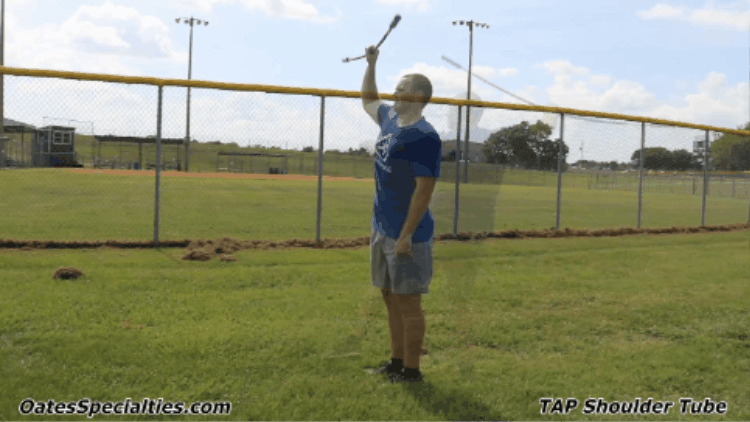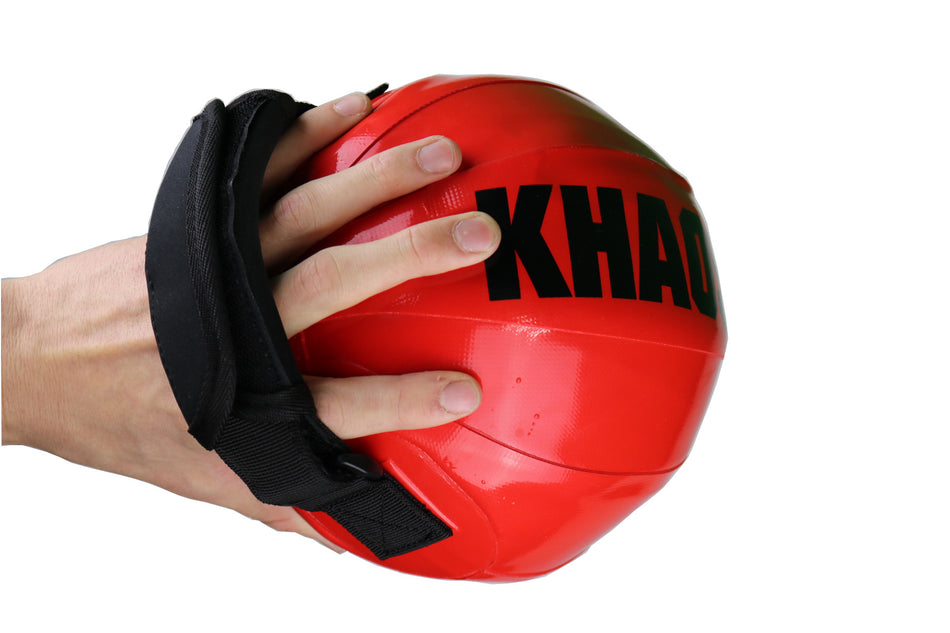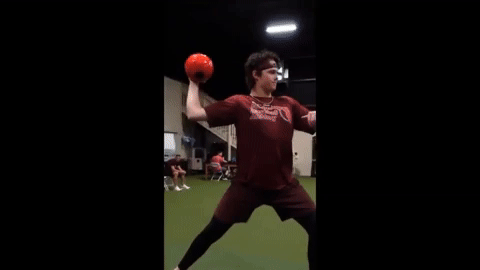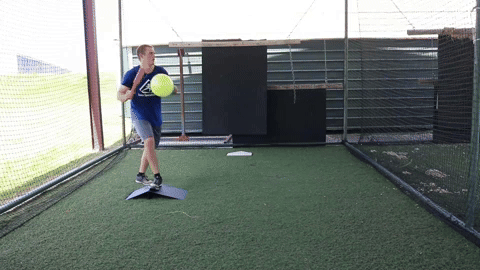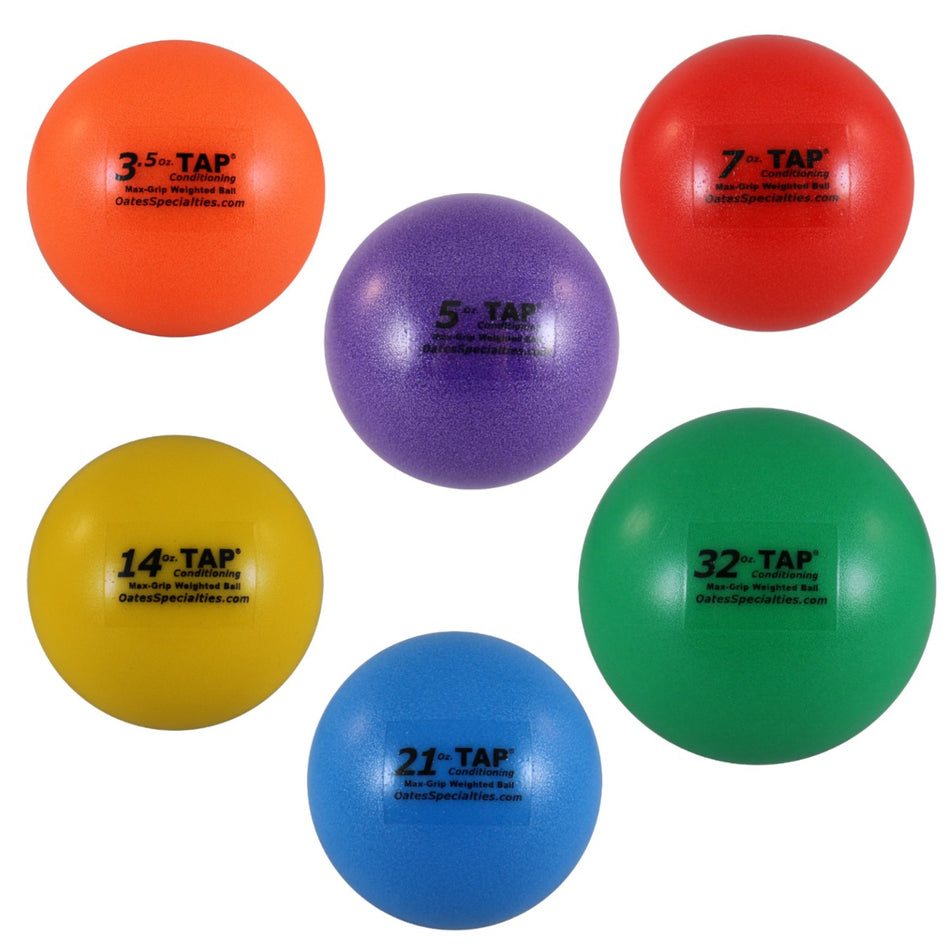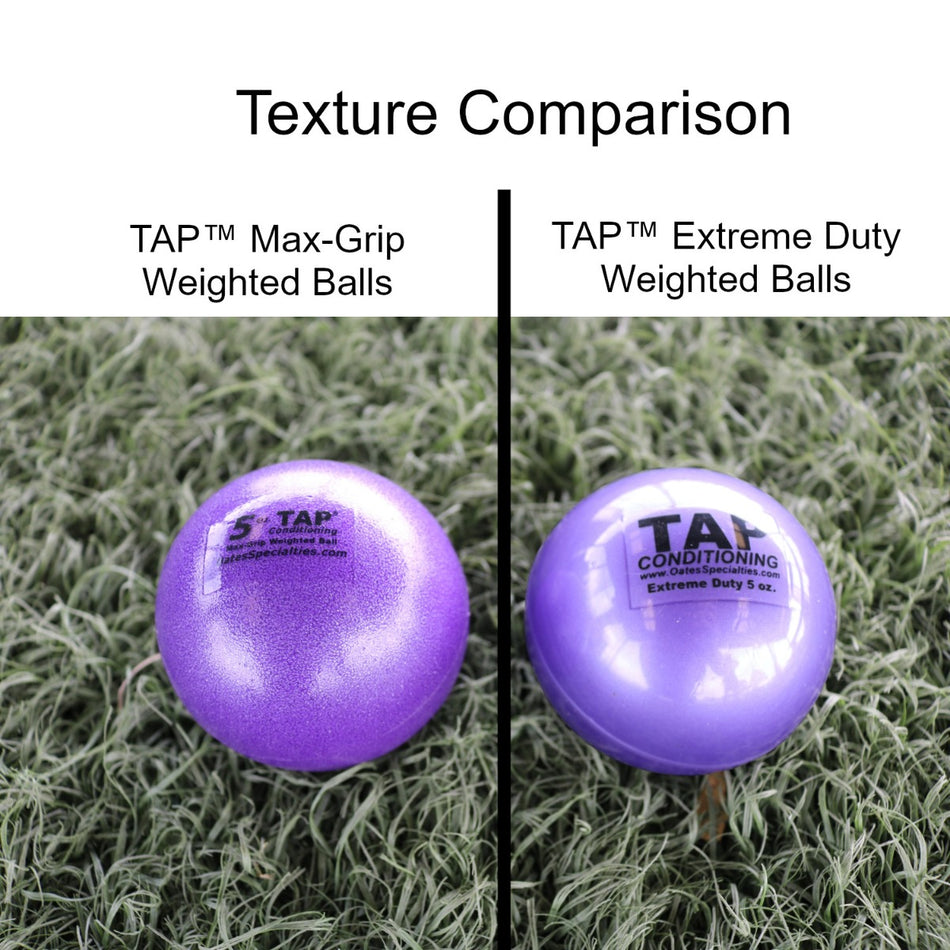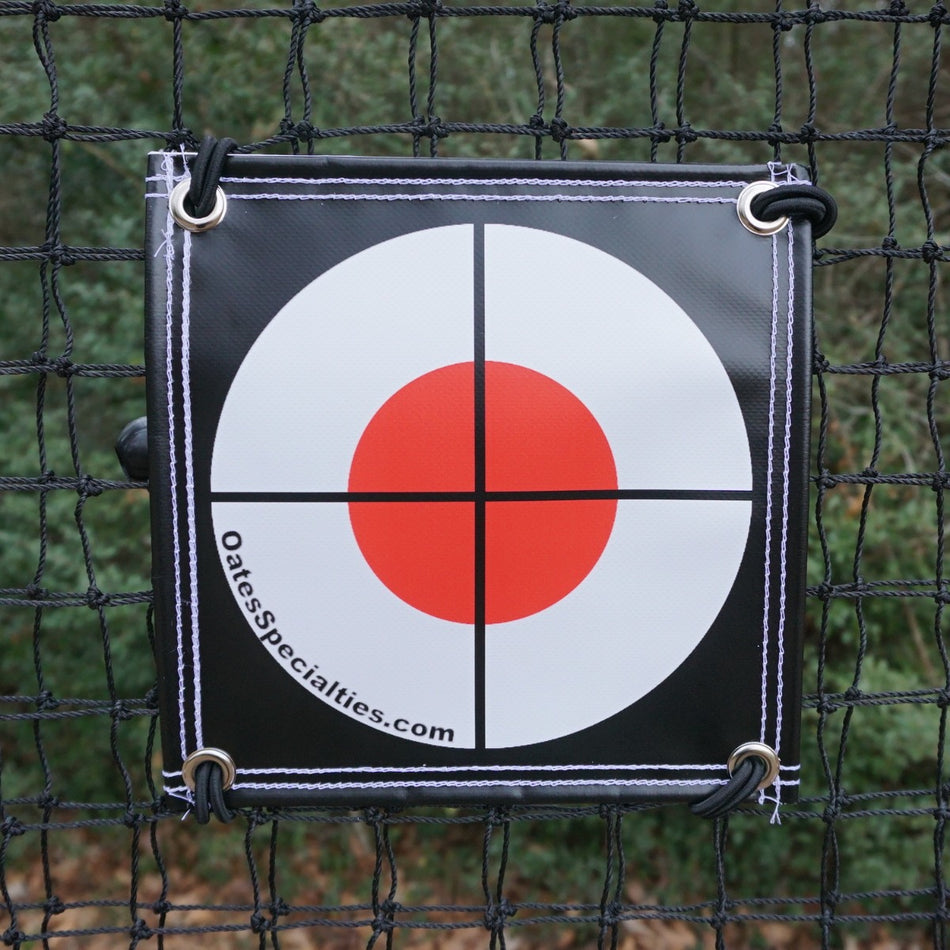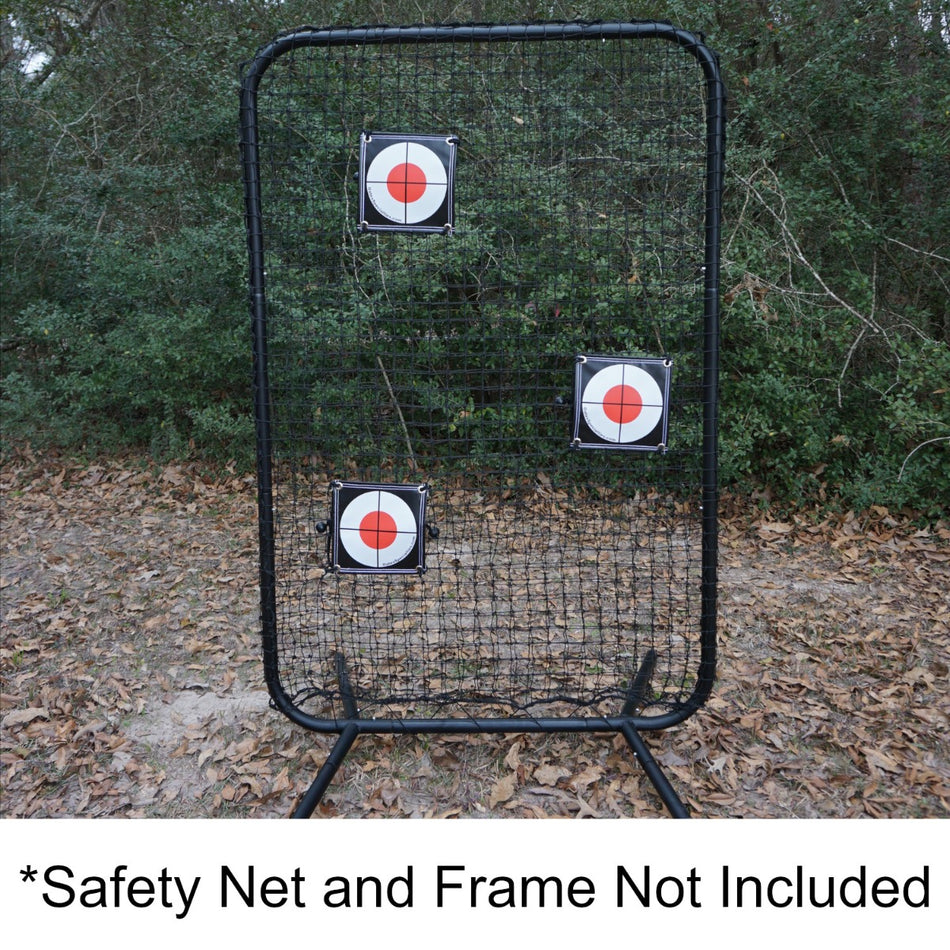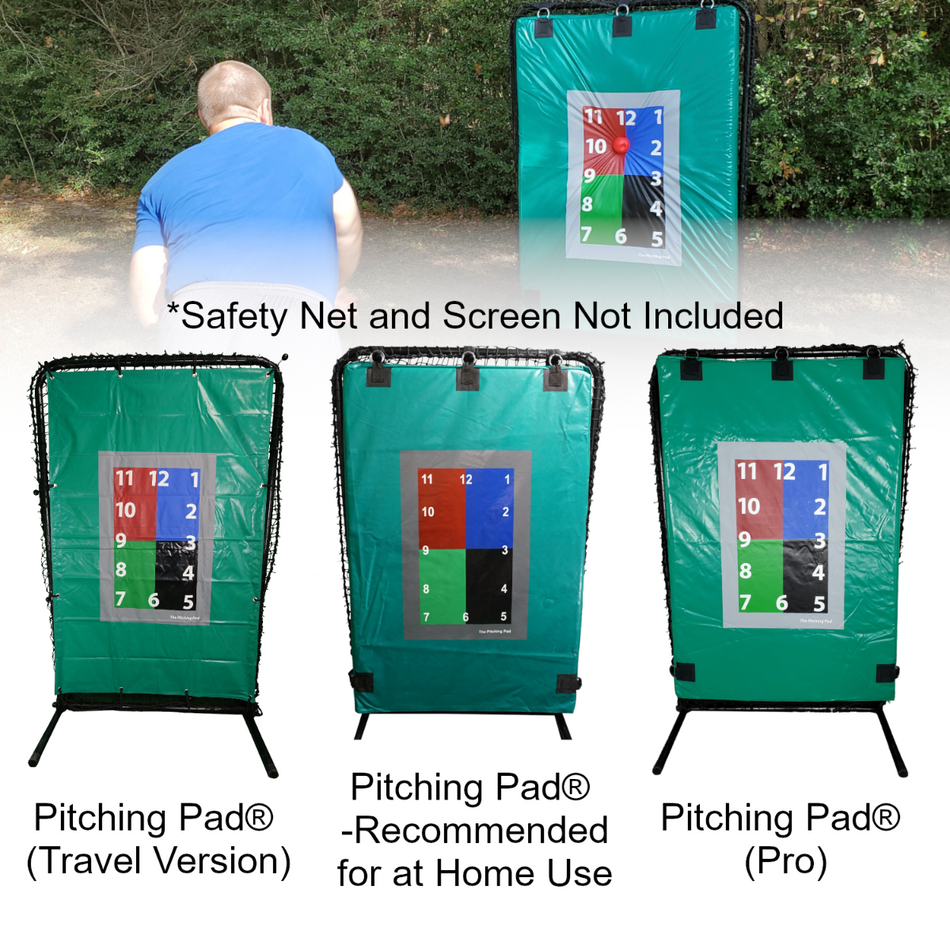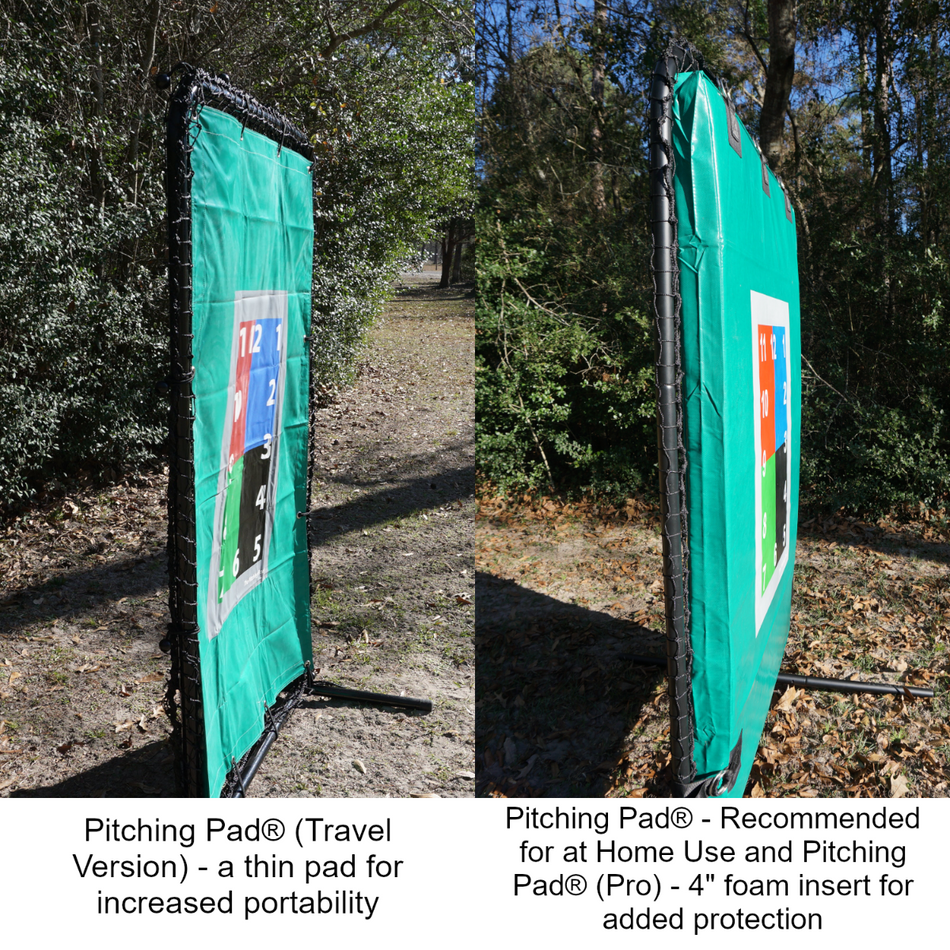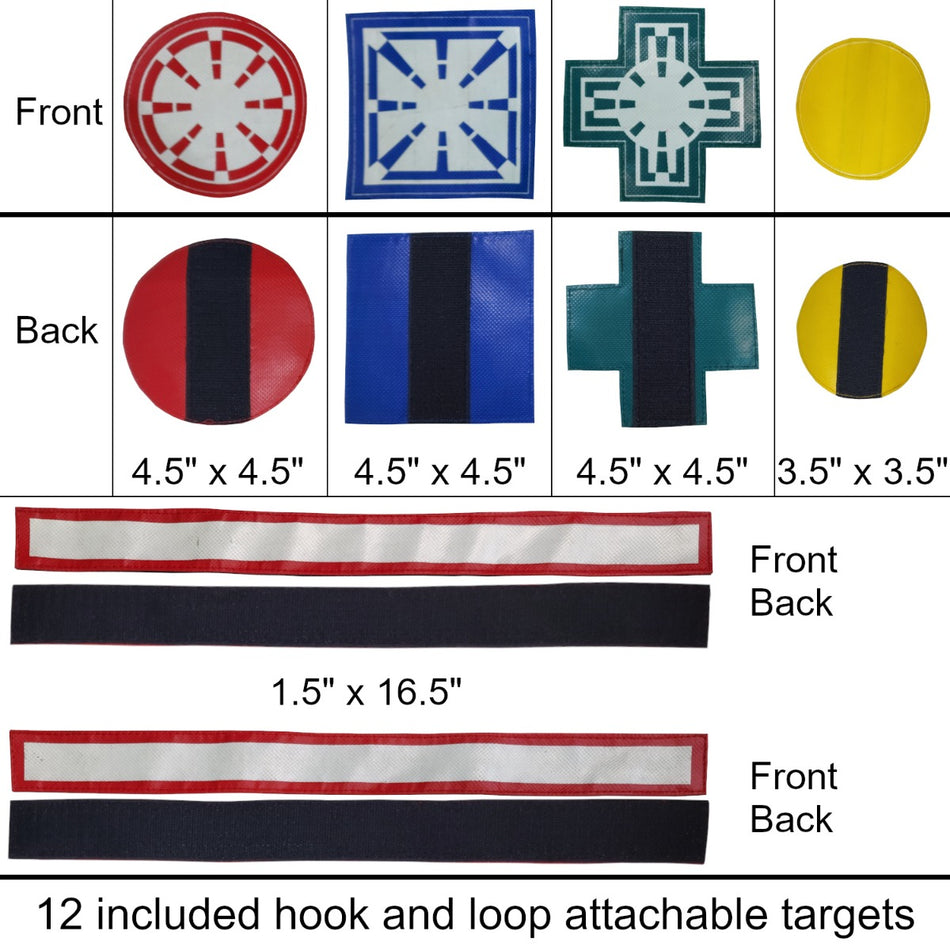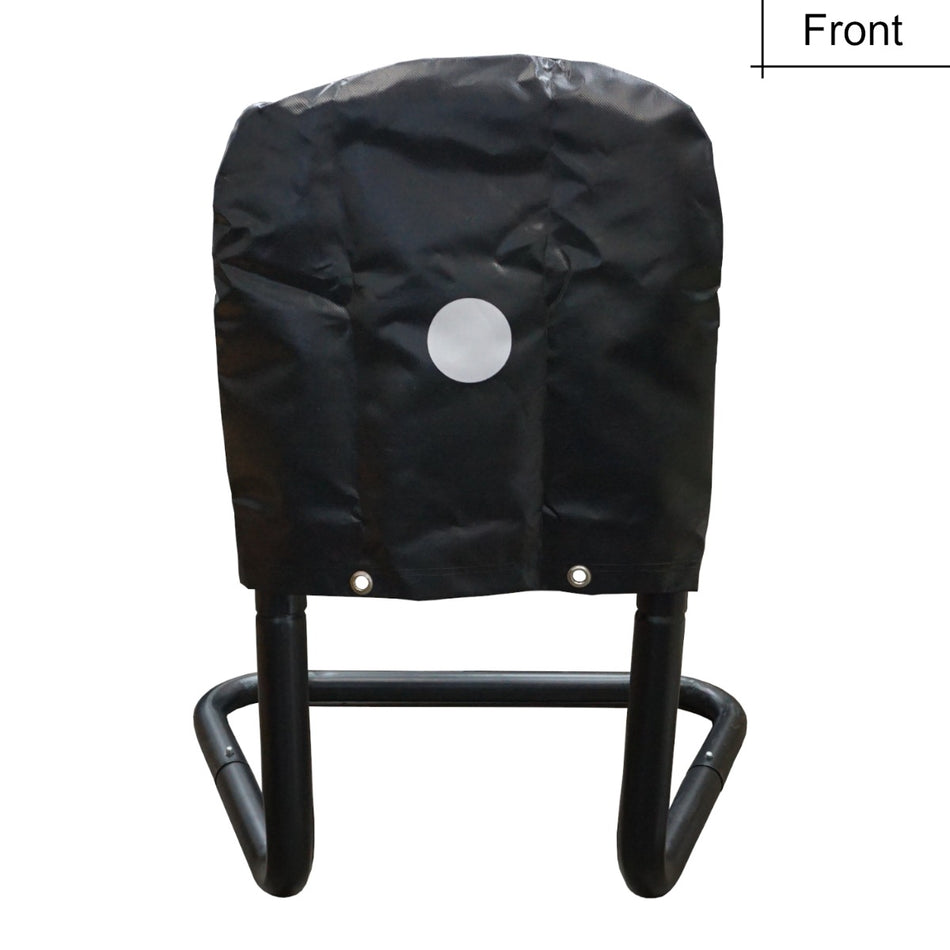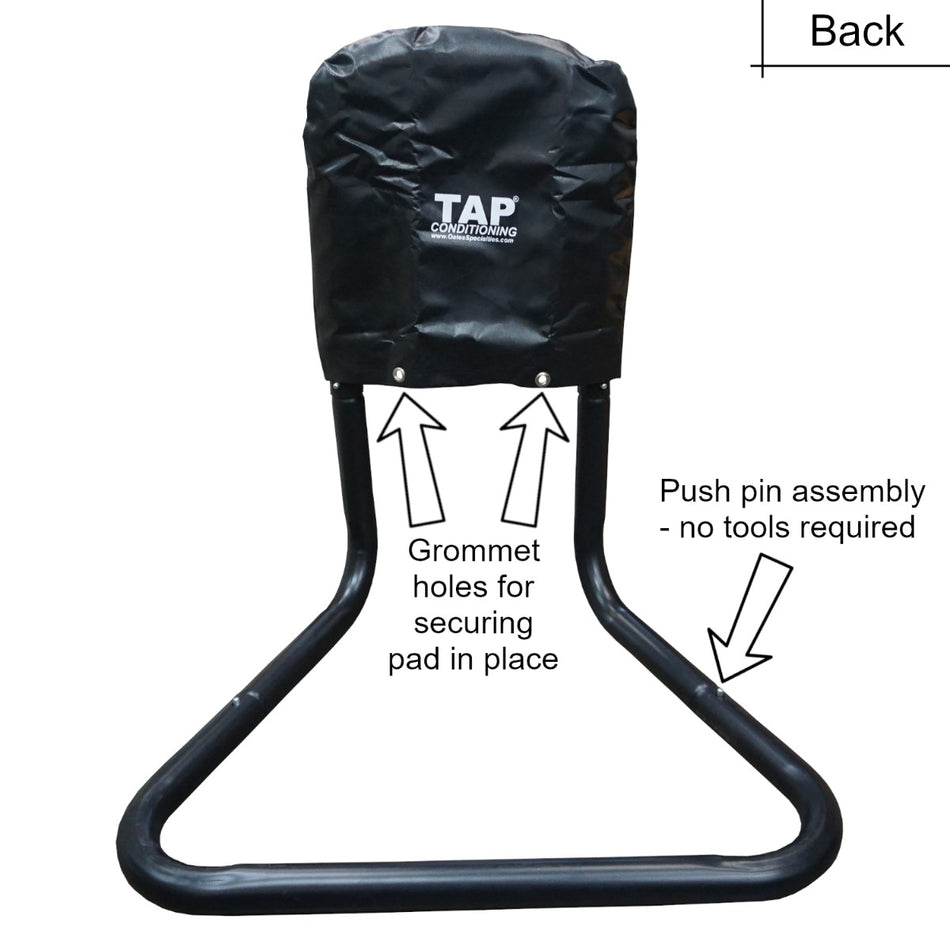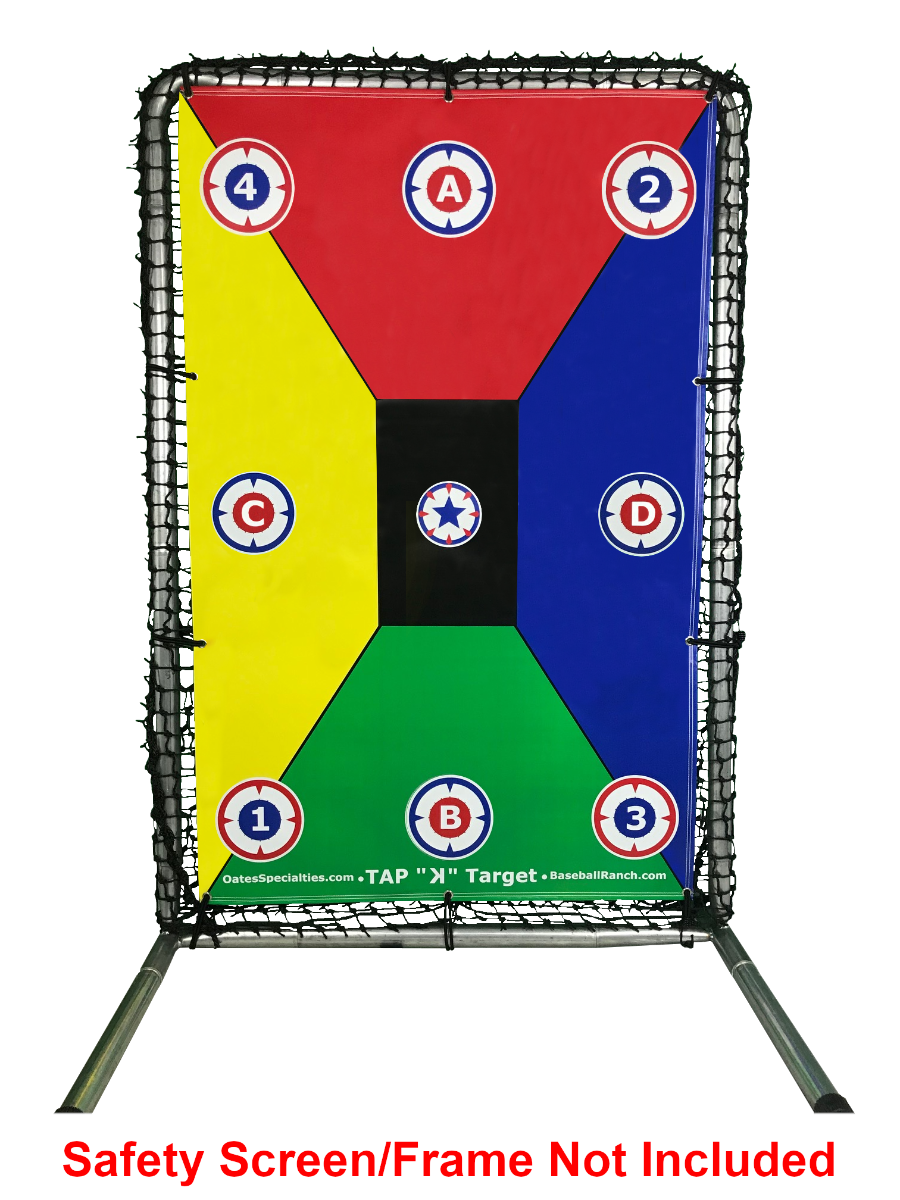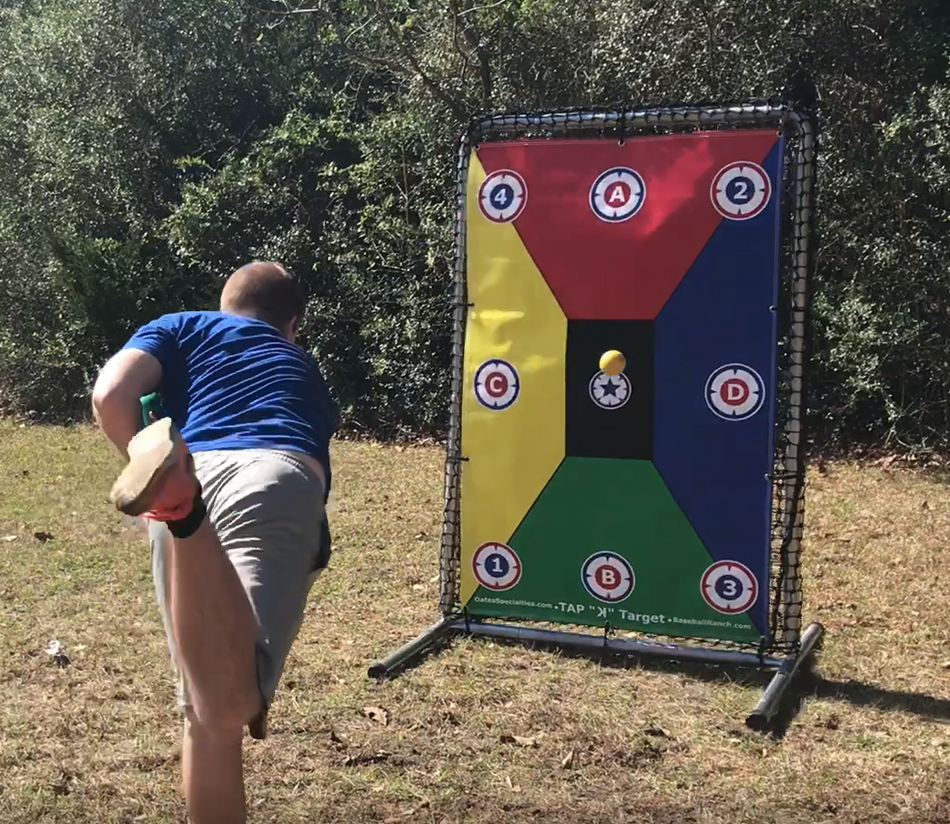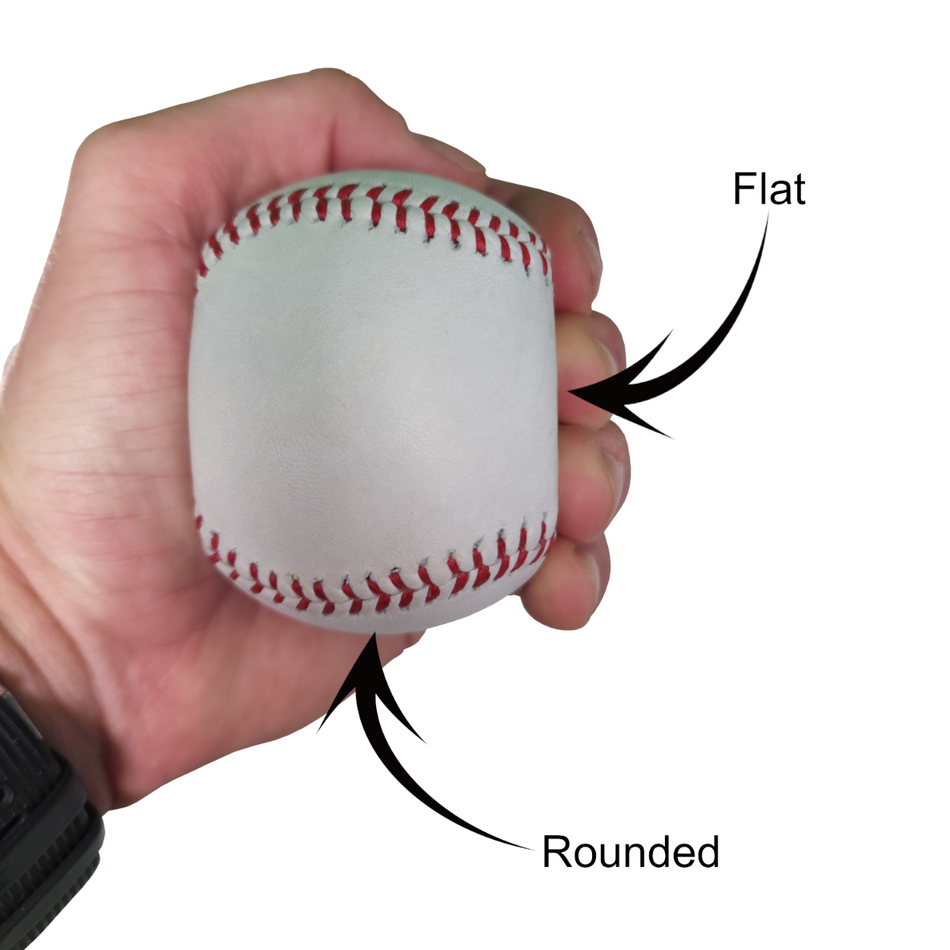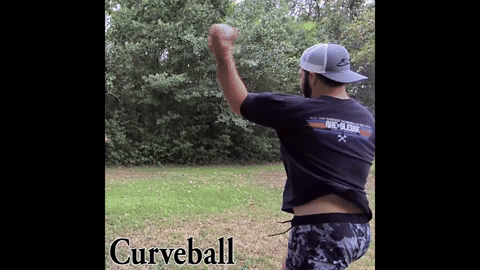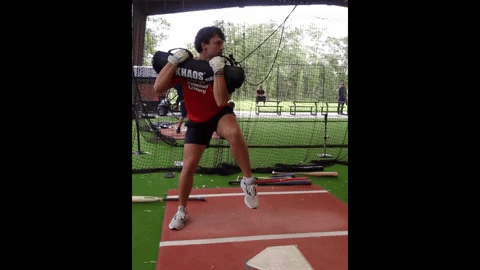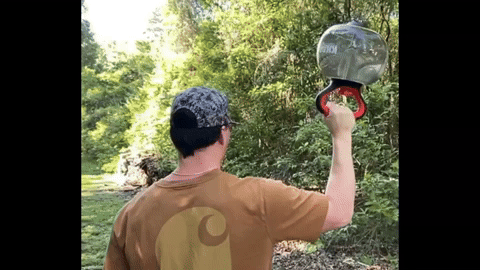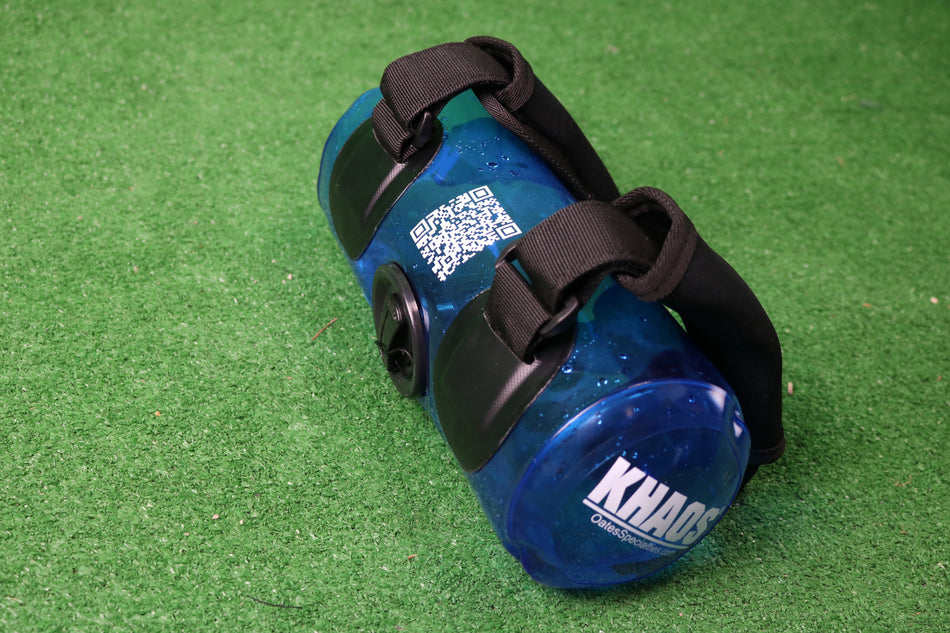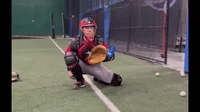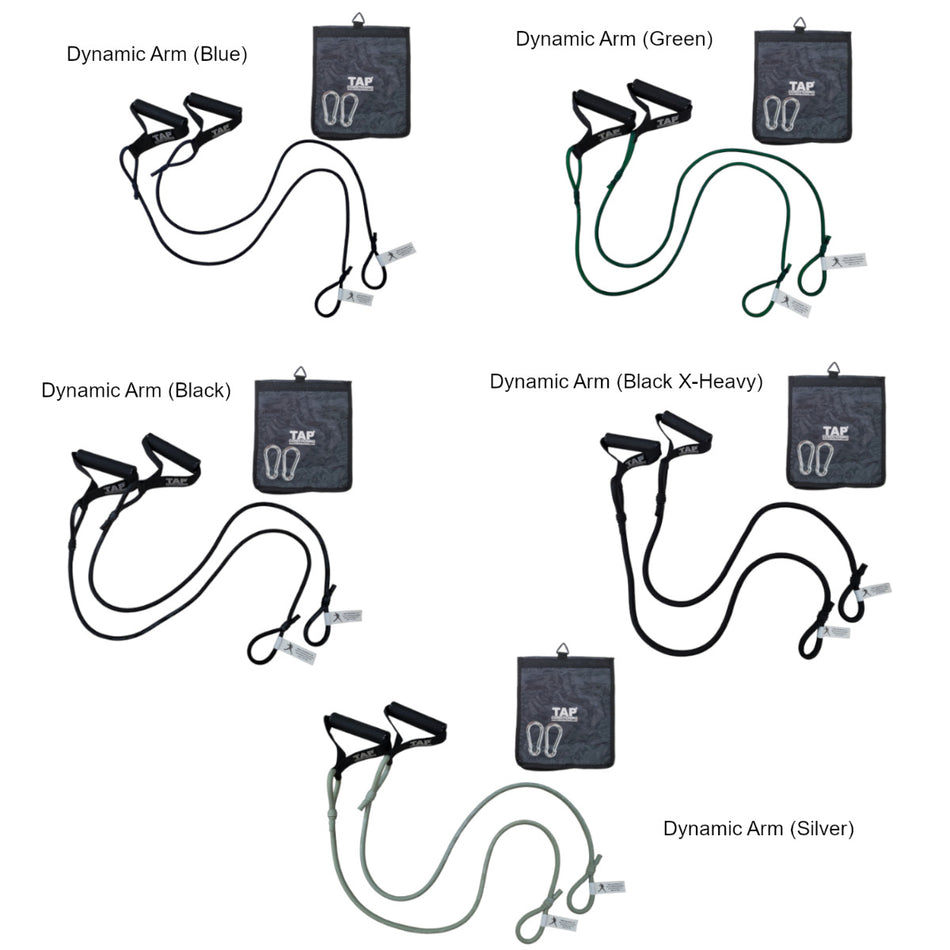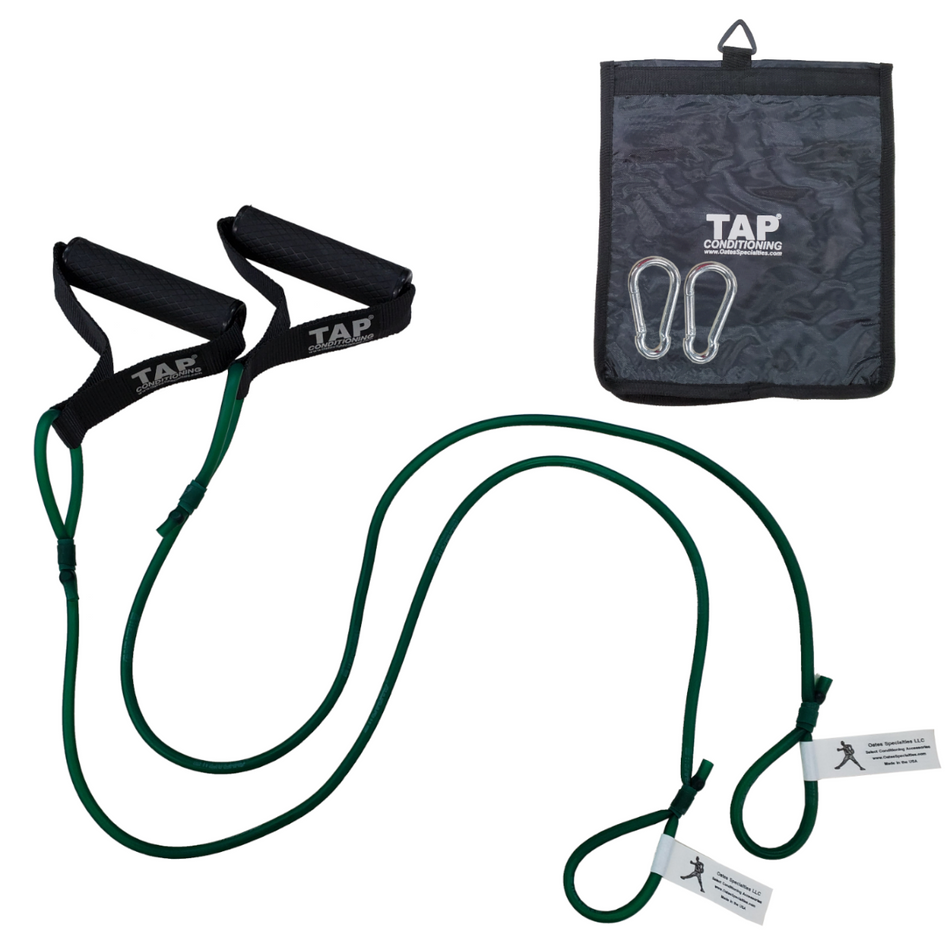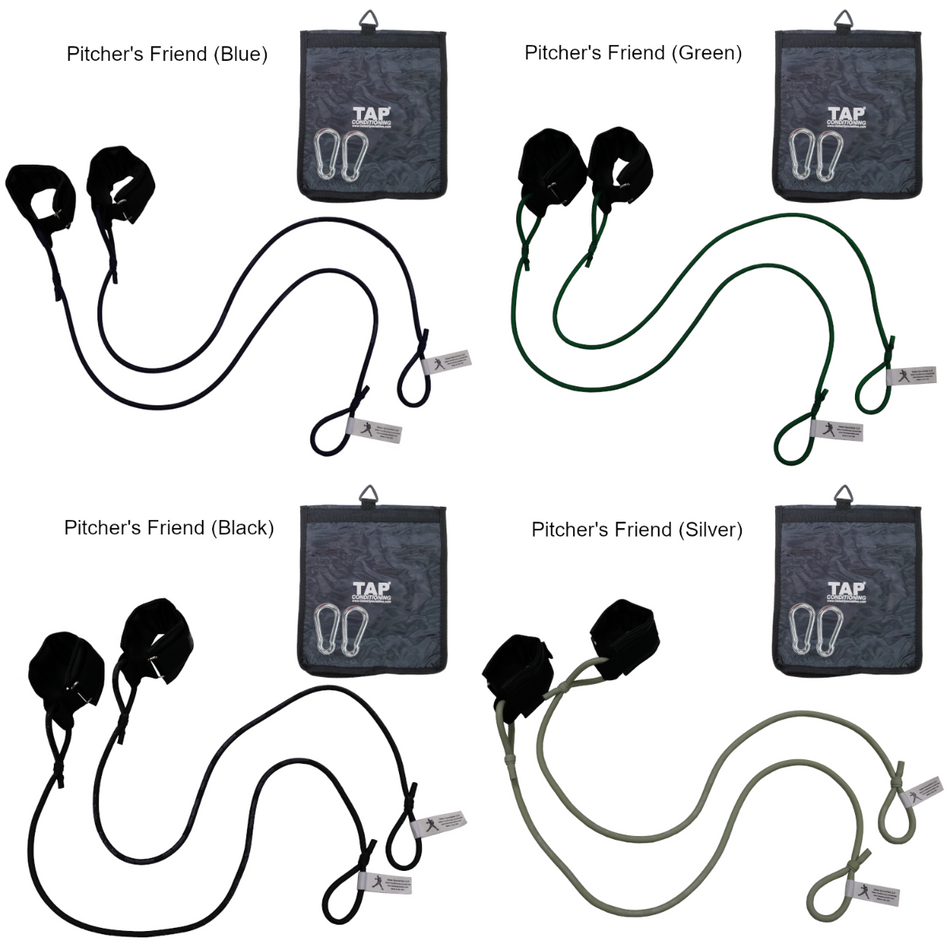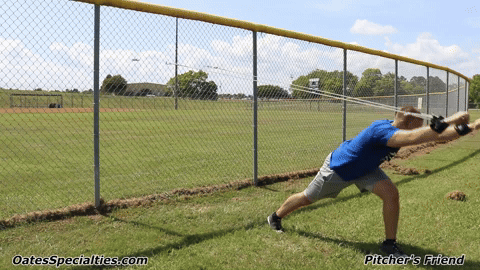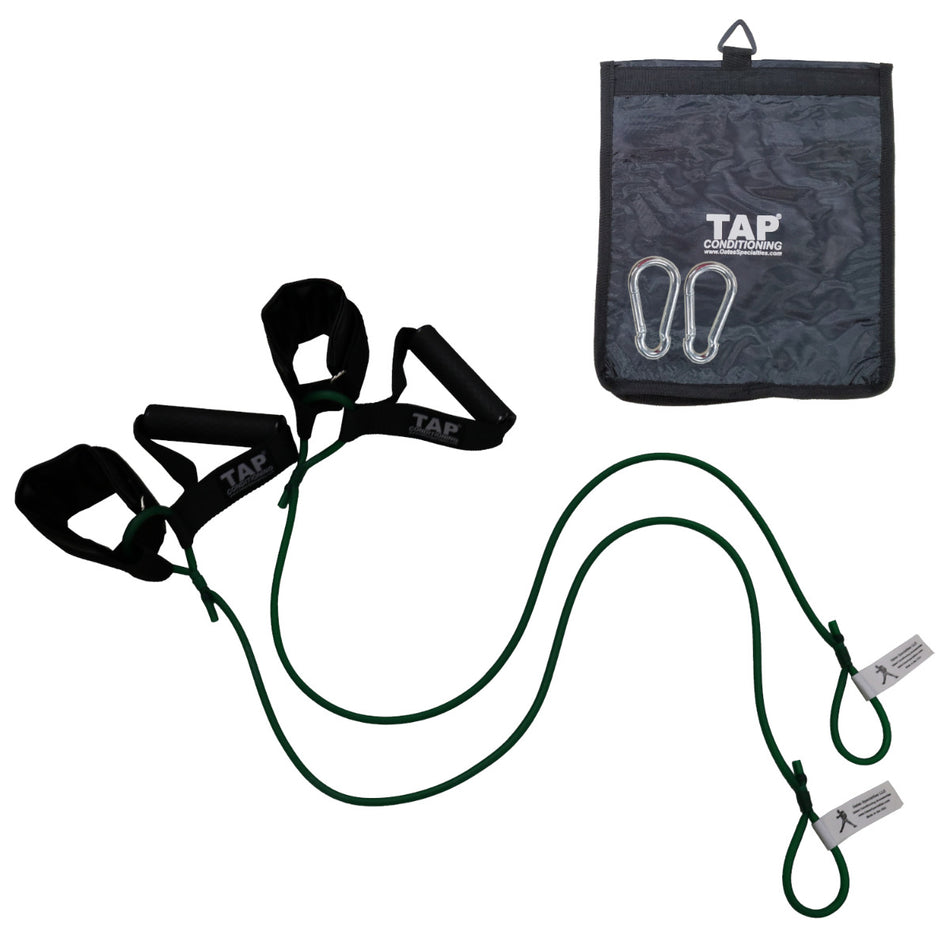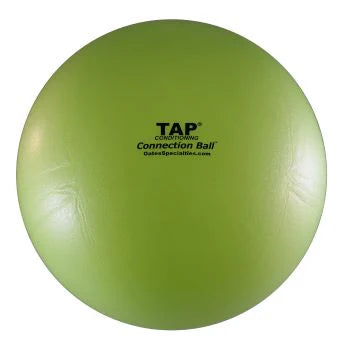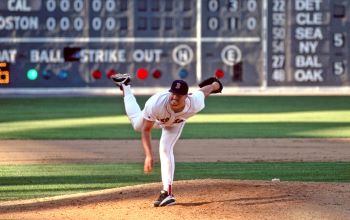A topic I often hear discussed among baseball players and coaches is the breaking ball. This is not surprising as every pitcher wants to have the best breaking ball possible. Whether it is a slider, curveball, or somewhere in between, a good off-speed is crucial as a pitcher begins to face more talented hitters. I have heard of many different methods used to teach how to throw a good breaking ball. Some of these techniques are pretty good while others are pretty bad. The bad ones, in my opinion, usually try and over coach the pitch. They want to tell the pitcher every aspect of the pitch from how to hold it, to the hand position, to the feeling at the release point, and sometimes even what their thought process should be while throwing it. I want to address these general areas of the pitch and what I think would be a far more beneficial way to coach a player working on his breaking ball.
Most coaches begin by showing their players the “correct” way to hold the ball when throwing an off-speed. This grip is probably the way in which they threw the pitch or the way some big leaguer that they watched held the ball. I think this is the first general mistake when showing a player how to throw a breaking ball. There are various ways to throw a great off-speed. One only has to look at major league pitchers to see some of the different grips. There is Adam Wainwright who throws with his pointer finger straight up in the air, or Phil Hughes with his pointer finger tucked in like he is throwing a knuckleball.


Other players also throw their breaking pitch like Hughes including Cliff Lee and AJ Burnett. The reason these elite pitchers do this is because it forces more pressure on the lone finger (the middle finger) that is still on the ball. By adding such pressure it helps to exert more force on the ball increasing the amount of spin. Of course there are the more “traditional” ways to hold the ball with two fingers up against a seam, but even then pitchers hold it in an assortment of ways and against different seams. I would tell any pitcher who asked about how to grip a breaking ball that he should use whatever grip is most comfortable to him. The most important aspect in pitching is being comfortable and having a feel for your pitches and this cannot happen if all pitchers are taught a cookie cutter way to grip the ball. The important thing is that some finger or part of the hand is able to apply force to the top part of the ball and generally the ball should be split in half, meaning the thumb and the finger on the ball are on the opposing sides. Next, many coaches teach the hand position and release point of throwing the breaking ball. Sure players need to know that their hand should be supinated at release, meaning their pinky/outside of the hand should be closer to the catcher but other than this nothing can really be taught by talking. The key to having a great breaking ball is by imparting as much spin as possible on the ball. The more spin there is the more the ball will break. The number one way to get more spin on the baseball is by working to increase the arm speed when throwing a breaking ball. Many players have a tendency to slow down their arm when throwing an off-speed and this hurts their breaking ball. Ideally, a person in the stands should not be able to tell what pitch a pitcher just threw by watching the delivery. Because we realized how important spin is for a good off-speed, Oates Specialties recently added a very interesting product. This product is called the RevFire. RevFire allows you to get instant objective feedback on the amount of spin a pitcher is imparting on the ball. This type of objective feedback is the most efficient way for a pitcher to improve the amount of spin on a ball and consequently the amount of break on his pitches.


Although many people may not understand this, there is no special movement or wrist action when releasing a breaking ball. The wrist is essentially “locked” in one piece with the forearm. It is the tremendous speed of the arm and specifically the forearm moving forward that creates the momentum generating the spin on the ball. There is no snapping of the wrist either forward or to the side, such as turning a door knob, as this will quickly lead to injury. As you can see from this picture of K Rod at release of his breaking ball his wrist and forearm are essentially one solid link. He is generating the spin for his tremendous curve ball from his arm speed. Also, like I mentioned above his hand is supinated at release. While addressing the release point I think it is important to mention that as soon as the ball has been released, the pitcher’s hand should begin to pronate and the earlier this pronation occurs the better. But that is a topic for a different blog. Another piece of advice I would relay to pitchers regarding an off-speed pitch is to relax their grip on the ball. I know for years I would “choke” the ball as I really tried to throw a great breaking ball. I would generally hold the ball too deep in my hand and squeeze it too tightly. Brent Strom had a great curveball when he played and the Big Leagues and is one of the best breaking ball teachers I’ve ever met. He always tells players that he should be able to walk up to you in the middle of your windup and have no problem removing the ball from your hand. When he demonstrates this I see that pitchers are often squeezing the ball so tightly that he can’t remove the ball at first.
From my experiences, the key to throwing a good breaking ball is to find a grip you are comfortable with and to throw with the same arm speed as you do with your fastball, trying to generate as much speed as you can. Obviously it takes a lot of repetition to be able to consistently repeat throwing a good breaking ball but with enough practice maybe one day you will have a Sandy Koufax type breaking ball.
Until next time, Brian Oates
Photos:
http://fpbaseballoutsider.blogspot.com/2014/03/phil-hughes-and-curve-ball.html


